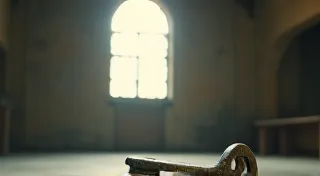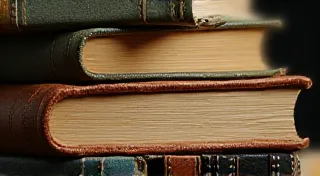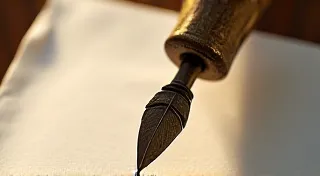Resonances of the Past: Authenticity and Restoration in Sheet Music Conservation
There’s a particular scent that clings to antique sheet music – a fragile mix of aged paper, faint ink, and the ghost of countless melodies. It's a scent that transports you, not just to a different time, but to a different world – a world where music wasn’t streamed, but carefully transcribed, lovingly performed, and meticulously preserved. Collecting vintage sheet music isn't simply about acquiring paper; it’s about holding a tangible piece of music history in your hands, a portal to the vibrant cultural landscape of generations past.
My own fascination began with an accordion. My grandfather, a taciturn man of few words, played a beautiful Hohner Victoria. The music that poured from it – waltzes, polkas, tangos – felt both familiar and utterly foreign. He rarely spoke about the music itself, but I remember tracing the faded inscription inside the instrument, a dedication in elegant cursive. It sparked a curiosity, a desire to understand the songs he played, the era that birthed them. That's when I started seeking out the sheet music. The act of discovering the original scores felt like uncovering secrets, piecing together a silent narrative of a man and his music.
The Echoes of a Lost Era
Vintage sheet music offers an unparalleled window into music history. Consider the late 19th and early 20th centuries – the Golden Age of Tin Pan Alley, the rise of ragtime, the burgeoning popularity of musical theater. Sheet music wasn’t just the instructions for playing a song; it was a form of entertainment itself. Elaborate cover illustrations, often featuring glamorous performers, were designed to capture attention and sell copies. The music reflected societal trends, mirroring the optimism of the Roaring Twenties, the anxieties of the Depression, and the patriotic fervor of wartime. Each piece tells a story far beyond the notes on the page. Examining the lyrical content often reveals deeper social commentary, illustrating how songs reflected—and sometimes challenged—the times. You might find yourself delving into the paper’s testimony, revealing these compelling narratives embedded within the music. The artistry wasn't limited to the music itself; the illustrations and annotations could reveal fascinating details about a musician's process. For those interested in the details of these handwritten notes and insightful annotations, further exploration can be found in Inkwell Echoes: Letters and Annotations in the Hands of Musicians.
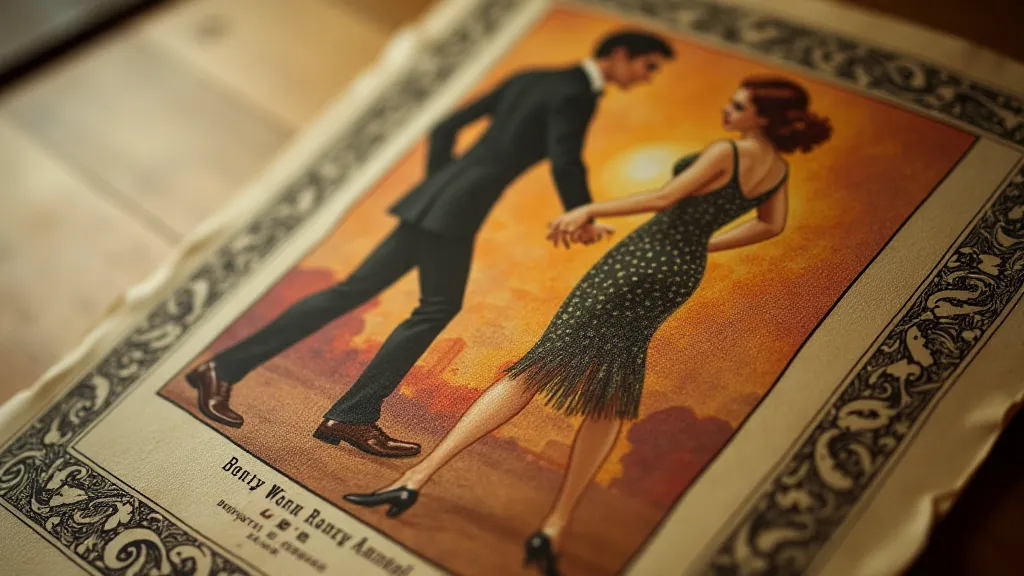
Think about the craftsmanship involved. Before digital printing, every note was painstakingly handwritten or meticulously typeset. Engravers were artisans, their skill crucial to the legibility and aesthetic appeal of the music. The paper itself – often high-quality rag paper – was chosen for its durability and ability to accept ink. These details are easily overlooked in our age of instant gratification, but they speak to a level of dedication and artistry that is rarely seen today. The evolution of how sheet music was bound and presented also dramatically impacted its longevity and ultimate fate. A fascinating look at a spectrum of binding reveals the different methods used, and how those choices influenced the preservation – or lack thereof – of these precious documents.
The Challenges of Preservation
However, time takes its toll. Vintage sheet music is inherently fragile. Acidic paper yellows and becomes brittle. Tears, creases, water damage, and foxing (those unsightly brown spots caused by mold) are common ailments. The temptation to “fix” these imperfections is strong, but any intervention must be approached with extreme caution.
The ethical considerations are paramount. A purist would argue that every piece of sheet music should be preserved exactly as it was found, even with its flaws. These imperfections are part of its history, a testament to its journey through time. Removing a tear, for example, obliterates a piece of that history. It's a difficult balance to strike – the desire to protect and display versus the responsibility to maintain authenticity.
The Restoration Dilemma: Authenticity vs. Conservation
Professional conservation often involves minimal intervention. Surface cleaning to remove loose dirt and debris is typically safe. Mending tears with archival-quality paper and adhesive is a common practice, but even this can be debated. The adhesive must be reversible – meaning it can be removed without causing further damage in the future. Unfortunately, complete restoration, where the paper is re-backed or digitally enhanced, is rarely justifiable. It’s essentially creating a facsimile, a convincing imitation of the original.
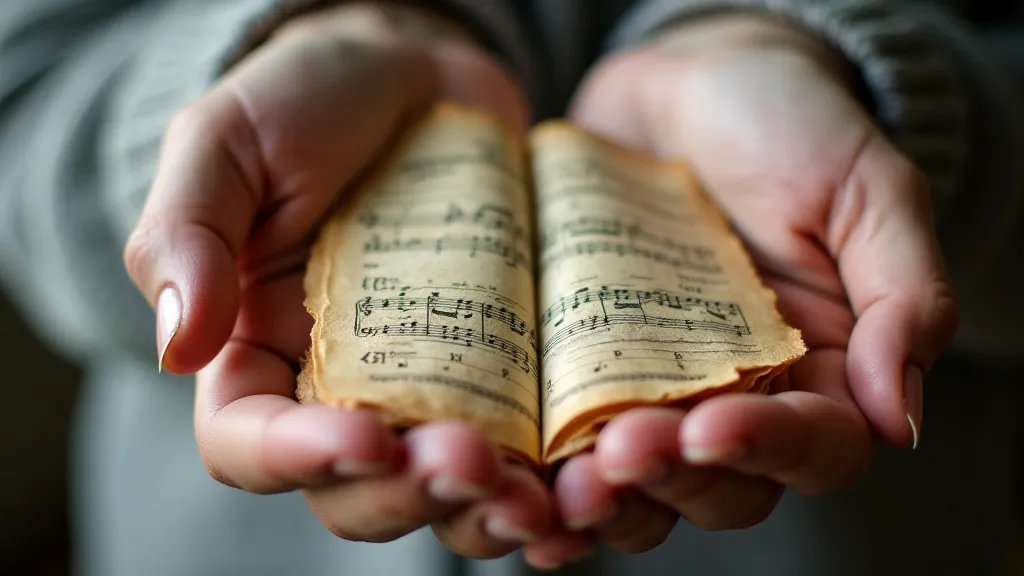
There's also the issue of color correction. Many older prints have faded or developed a brownish tinge due to the paper's acidity. Attempting to restore the original colors can be misleading, potentially distorting the historical record. It's more accurate to present the music as it currently exists, allowing viewers to appreciate the effects of age. The tempo itself has subtly shifted across musical eras, and noticing these changes provides a deeper understanding of how music evolved. A fascinating perspective can be gained through the metronome’s quiet witness, illuminating these subtle yet significant changes.
Beyond the Written Note: Geographical Influences and Musical Styles
The geography in which sheet music originated and circulated profoundly shaped its evolution. The unique blend of cultures, instruments, and performance practices in different regions left an indelible mark on musical styles, which were then captured and disseminated through sheet music. Consider the vibrant music scene of New Orleans, with its distinctive blend of African rhythms, European harmonies, and Creole melodies. The sheet music from that era reflects this cultural fusion, showcasing the unique musical landscape of the city. Similarly, the music of Appalachia, with its roots in Scottish and Irish folk traditions, found its way onto sheet music, preserving the musical heritage of that region. Studying these regional variations reveals the complex interplay of cultural influences that shaped the music of the time.
The Evolution of Sheet Music as a Cultural Artifact
Sheet music wasn't always the standardized format we recognize today. Early forms often combined elements of written music, lyrics, and illustrations, serving as a multi-faceted source of entertainment. The evolution of sheet music's design, layout, and printing techniques mirrored the changing tastes and preferences of audiences. Examining the advertisements accompanying these pieces provides valuable insights into the marketing strategies employed to reach specific demographics. The shift from handwritten manuscripts to mass-produced printed scores marked a significant turning point in music history, making music more accessible to a wider audience. Furthermore, the incorporation of vibrant cover illustrations, often featuring glamorous performers, transformed sheet music into a visual art form, captivating audiences and driving sales. For a deeper look into the personal stories and memories preserved within these covers, you may enjoy A Mosaic of Memory: Sheet Music as a Repository of Personal Narratives.
Collecting and Caring for Your Treasures
For those who collect vintage sheet music, proper storage is essential. Sheets should be stored flat, ideally in acid-free folders or boxes. Exposure to sunlight and extreme temperatures should be avoided. Framing is a popular display option, but a UV-protective glass is essential to minimize fading.
The value of a sheet music piece varies greatly depending on several factors: its rarity, condition, composer, performer, and historical significance. A first edition of a popular song can command a high price, while a heavily damaged copy will be worth less. However, more than a monetary value, there often lies an intrinsic worth – a connection to a forgotten era and a testament to the power of music.
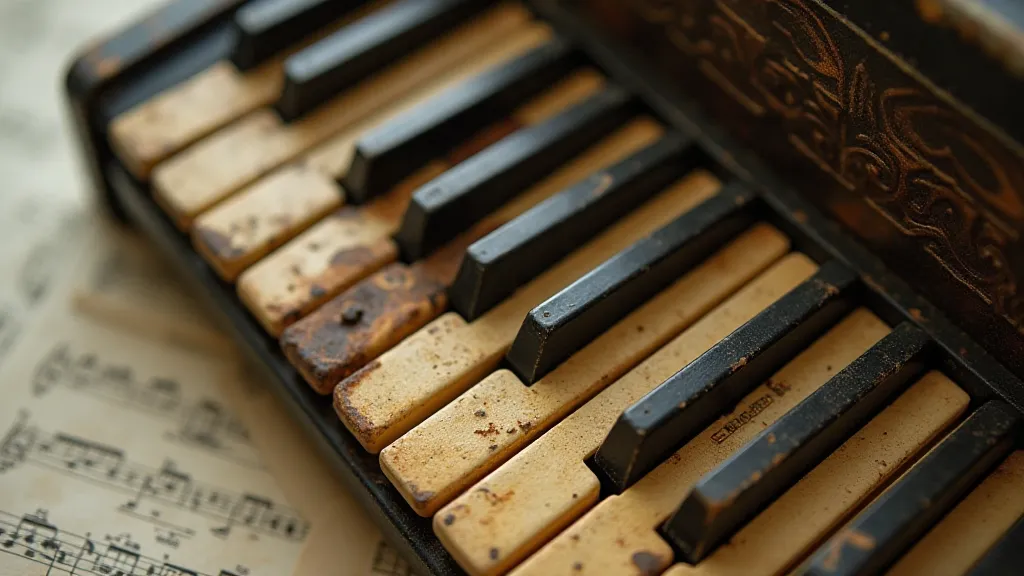
A Legacy in Ink
Collecting vintage sheet music is more than a hobby; it’s a responsibility. It’s a chance to be a steward of history, preserving a tangible link to the past. It’s about appreciating the artistry of the composers, the skill of the engravers, and the passion of the performers. It’s about understanding that every tear, every crease, every faded note tells a story – a story that deserves to be heard.



